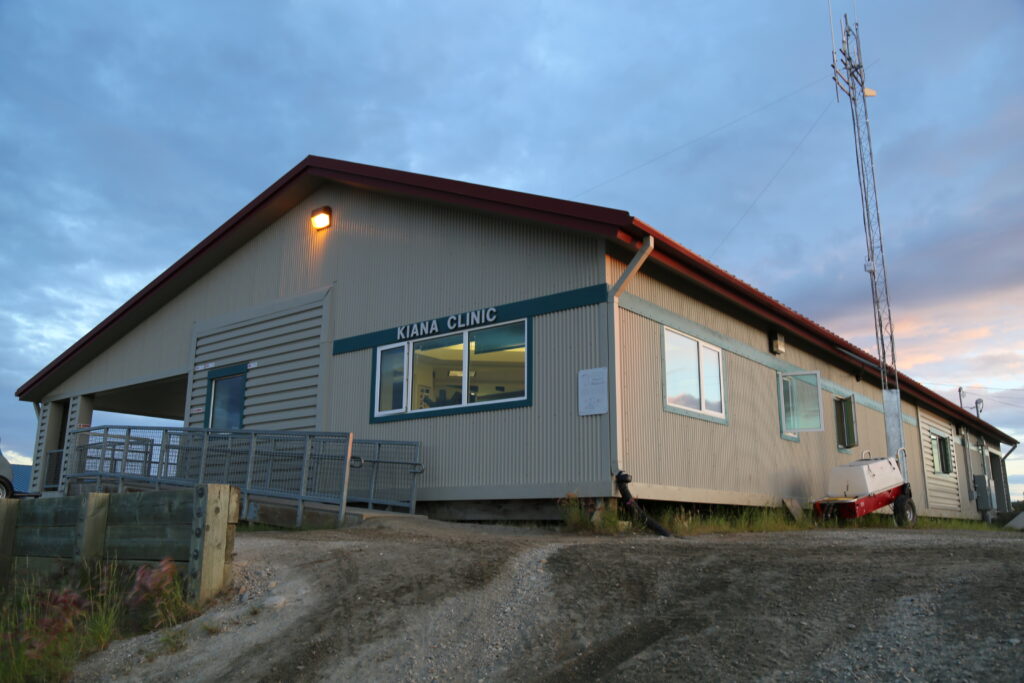Kiana
Location
Kiana is located at the junction of the Kobuk and Squirrel Rivers, 57 miles east of Kotzebue.
Culture
Kiana is a traditional Iñupiat Eskimo village dependent on a subsistence lifestyle. Chum salmon, freshwater fish, moose, caribou, waterfowl, and berries are harvested. The current population of Kiana is 391.
History
Kiana, or Katyaak, means “a place where three rivers meet.” It was settled hundreds of years ago as the main village of the Kobuk River’s Kowagmiut Iñupiat Eskimos. In 1909, it became a supply center for mines along the Squirrel River. Prior to the formation of the Northwest Arctic Borough in 1976, the Bureau of Indian Affairs high school taught students from Noatak, Shungnak, and Ambler, who boarded with local residents.
Economy
The economy depends primarily on traditional subsistence activities, but is becoming increasingly supplemented by a cash economy. The school, city, three general stores, Red Dog Mine, and Maniilaq Association offer most year-round employment. Seasonal employment includes work on river barges, Bureau of Land Management (BLM) fire-fighting, and jade and copper ore mining. There is local interest in constructing a whitefish and burbot processing plant. The city is also interested in developing eco-tourism, involving guided river trips to the nearby Great Kobuk Sand Dunes.
Transportation
The major means of transportation are plane, small boat, and snow machine. Daily scheduled flights and charter flights are provided out of Kotzebue and other cities. Crowley Marine Services barges fuel and supplies each summer, and local storeowners usually have large boats to bring supplies upriver. Boats, ATV’s and snow machines are used extensively for local travel. A road extends along the river for several miles, and a network of old trading trails exists. In the winter a road is usually plowed over the frozen Kobuk River from Kotzebue to Noorvik, then on to Kiana.
Facilities
The city has a mayor/council form of government, with an administrator and volunteer fire department. The city owns and operates the water project, refuse collection, airport and television utilities. A post office, armory, public safety building, two churches, and the Maniilaq Association village clinic are the main public facilities in Kiana. Water is pumped from two wells to the treatment building and stored in an insulated 200,000-gallon steel tank. The water is then sent through a pressurized, circulating distribution system. Approximately 80 homes are connected to the piped system. Funds have been requested to develop a water and sewer master plan for expansion to unserved homes.

